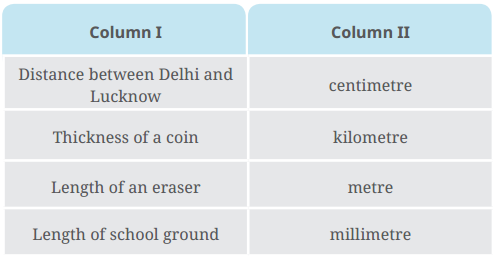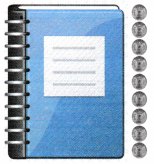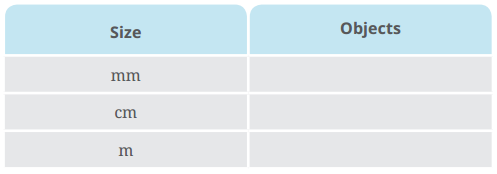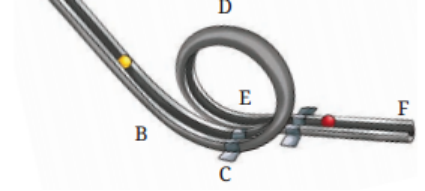NCERT Solutions for Class 6 Chapter 5 Science FREE PDF Download
FAQs on NCERT Solutions for Class 6 Science Chapter 5 Measurement of Length and Motion
1. What does Chapter 5 of NCERT Solutions for Class 6 Science cover?
Chapter 5 Measurement of Length and Motion covers concepts related to measuring length, types of motion, and practical examples of measurement.
2. What is the standard unit of length in the SI system according to Chapter 5?
The standard unit of length is the metre (m).
3. How do the NCERT Solutions help with understanding length measurement in Chapter 5?
The solutions provide detailed explanations and examples of measuring length using standard units and conversion factors.
4. What are the different types of motion discussed in Chapter 5?
The chapter discusses linear motion, circular motion, and oscillatory motion.
5. How can Chapter 5 NCERT Solutions assist in learning about reference points?
The solutions explain the concept of reference points and their importance in measuring distances accurately.
6. What practical example is used in Chapter 5 to explain length measurement?
The chapter uses the example of Deepa measuring cloth for her new uniform to illustrate different methods of length measurement.
7. How does Chapter 5 of NCERT Solutions address the conversion of units?
It includes conversion factors such as 1 km = 1000 m, 1 m = 100 cm, and 1 cm = 10 mm to help with unit conversions.
8. What benefit do NCERT Solutions provide for practising measurement problems in Chapter 5?
They offer step-by-step solutions and additional practice questions to reinforce the concepts and problem-solving skills.
9. How does Chapter 5 contribute to understanding types of motion?
The solutions provide clear definitions and examples of linear, circular, and oscillatory motion, aiding in conceptual clarity.
10. Where can I access the NCERT Solutions for Class 6 Science Chapter 5?
The solutions are available as PDFs on Vedantu’s website.





















